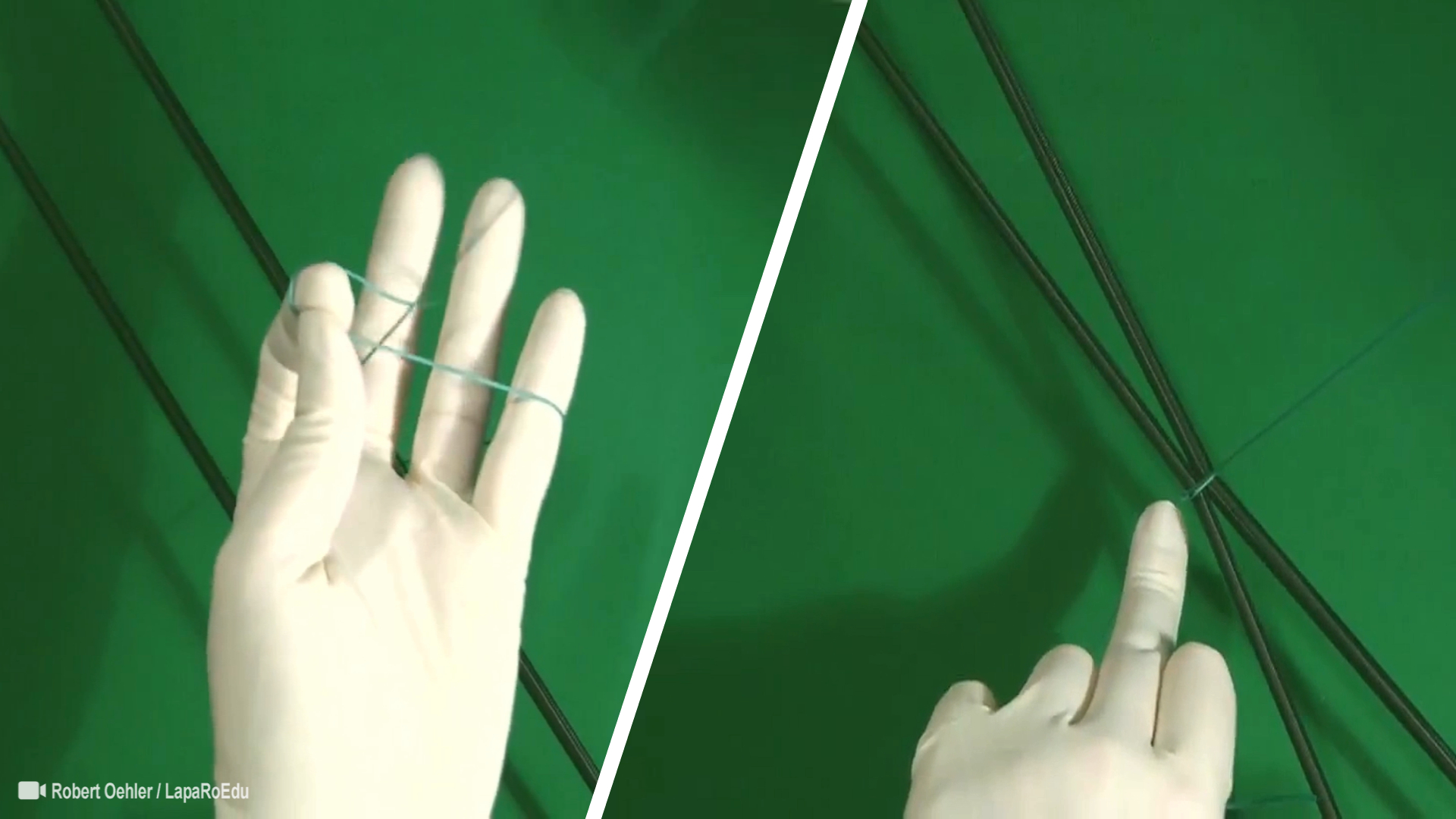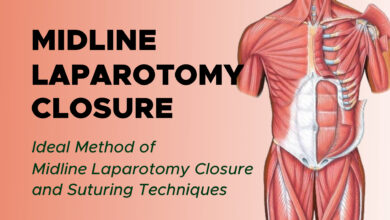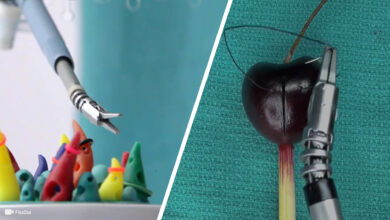
Hand tying of knots can be accomplished by either the two-hand or one-hand technique. Each technique has distinct advantages as well as drawbacks. The two-hand technique of knot tying is easier to learn than the one hand. An additional advantage of the two-hand tie is that the surgeon can apply continuous tension to the suture ends until a secure knot is formed. With the one-hand method, it is often difficult to maintain tension on the suture ends during the formation of the knot and slippage of the first or second throws will be encountered, especially by the inexperienced surgeon. When the surgeon attempts to shorten the resultant enlarged loop by advancing the knot, breakage of the suture may occur, requiring passage of another suture through the once punctured tissue. The student of surgery should master first the construction of square type knots because knot security can usually be achieved with fewer throws than the granny-type knots.
Slip Knot (Reef-Square knot)
The reef knot, or square knot, is an ancient and simple binding knot used to secure a suture or line around a tissue. It is sometimes also referred to as a Hercules knot.
The technique is composed of 2 basic steps called “index-finger” and “middle-finger” techniques. Either of them can be chosen to perform the first throw of the knot. The index-finger technique will be used here to perform the first throw.
Once the first throw is completed using the index-finger technique, a second throw will be added using the middle-finger technique. It is important to remember that index- and middle-finger techniques should be used alternatively in order to obtain a correct square knot. Should the surgeon ave started the knot by means of the middle-finger technique, the next throw needs to be performed using the index-finger technique.
The knot is formed by tying a left-handed overhand knot and then a right-handed overhand knot, or vice versa. A common mnemonic for this procedure is “right over left; left over right”, which is often appended with the rhyming suffix “… makes a knot both tidy and tight”. Two consecutive overhands of the same handedness will make a granny knot. The working ends of the reef knot must emerge both at the top or both at the bottom, otherwise a thief knot results.




Nice, thank you so much for these free videos!